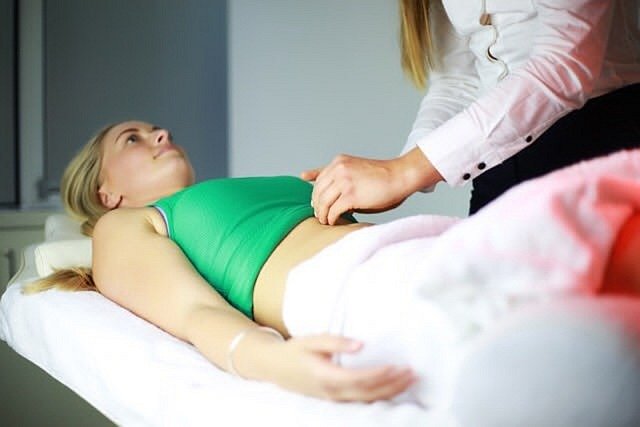In light of the modern-day stress over health and wellbeing, it comes as no surprise that alternative therapies & natural remedies are becoming more popular.
Personally, I find it amusing that some therapies are considered “alternative” when in fact many of them were used and popularized long before modern medicine existed.
Let’s take a quick look at 10 natural health and alternative therapies that will boost your health and bring your body, mind, and spirit back into balance.
Learn more in our FREE Holistic Health Magazine What is Preventative Health Care
Alternative Therapies : Acupuncture
Used for more than 2,500 years ago in China, acupuncture is more than a bunch of needles inserted into your body. It is a comprehensive medical modality that balances energy (qi or chi) in the body.
Although it has a long history, it is not well known what the biological mechanism is that makes acupuncture a great healing treatment, especially for pain.
In a report in The Journal of Pain, a study demonstrated that the use of acupuncture increased the interstitial adenosine in the skin, which caused a reduction in chronic pain.
Acupuncture is used for controlling pain; however, it may also be used for anxiety, depression, migraines, rheumatoid arthritis, as well as sinusitis and fertility.
Acupuncture is one of the most popular alternative therapies used today.
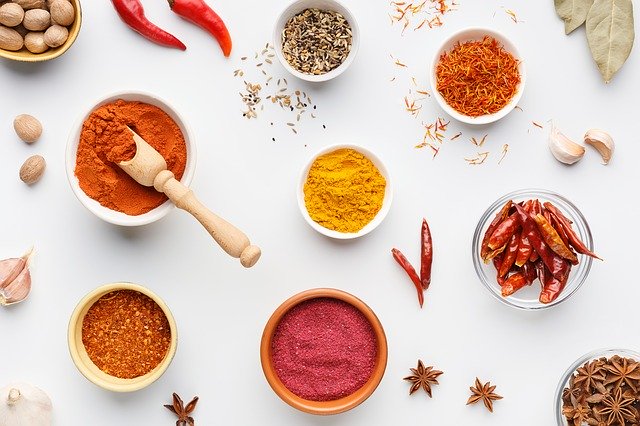
Ayurveda
Literally translated to “the science of life,” Ayurveda is a medical system that originated more than 5,000 years ago in northern India.
The premise of this form of alternative therapy is that it takes into account a person’s bio-individuality and the entire mind, body, and spirit connection.
Practitioners use a combination of herbs, nutrition, lifestyle modifications, and stress relief to bring the three “doshas” into balance.
The three doshas are vata, pitta, and kapha. These doshas are energy types and individuals have all three of them to some degree; however, depending on your bio-individuality, you will express one (sometimes two) more than the others.
Your main dosha will govern things like your body type, energy levels, mood, and appetite. When a dosha is out of balance it can bring dis-ease to the body.
Three Significant Components Of Ayurveda Include:
• Syncing your lifestyle with nature and its cyclical patterns
• Bringing your body into its natural rhythm
• Reducing stress to improve sleep patterns
When used regularly, Ayurveda can improve the quality of your daily life in a natural and balanced way.
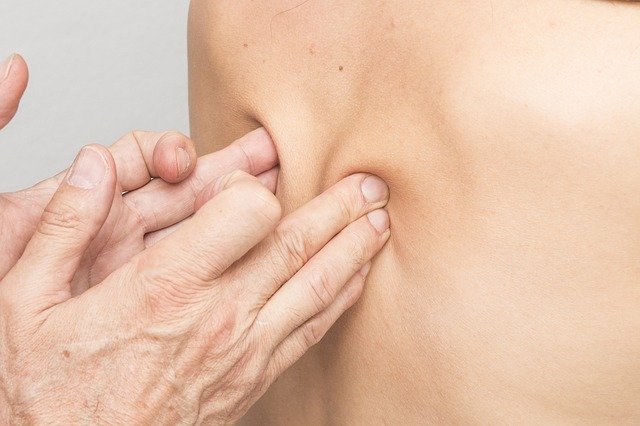
Chiropractic
Over the years the view of chiropractic medicine has changed dramatically. There was a time when chiropractic treatment was not viewed as a legitimate way to improve wellbeing.
Today, that has changed with many medical doctors referring their patients to a chiropractic doctor for complementary and alternative therapies.
Chiropractic care is considered a “manual therapy,” meaning the doctor’s hands are used to do the treatment.
Chiropractic doctors are trained in manipulating and adjusting the spine to relieve vertebral subluxation that may negatively impact the central nervous systems.
This type of treatment can reduce the amount of pain, inflammation, and degeneration in the body.
In addition to manual therapy, chiropractic doctors also use herbs, supplements, nutrition, exercise, as well as other natural treatments to help their patients recover and maintain a healthy lifestyle.
Chiropractic care is generally safe and because it focuses on reducing inflammation in the body, it can have a direct and positive impact on the total wellbeing of an individual.
When it comes to pain management, this type of natural therapy can reduce or eliminate the need for opioids or other pain medications.
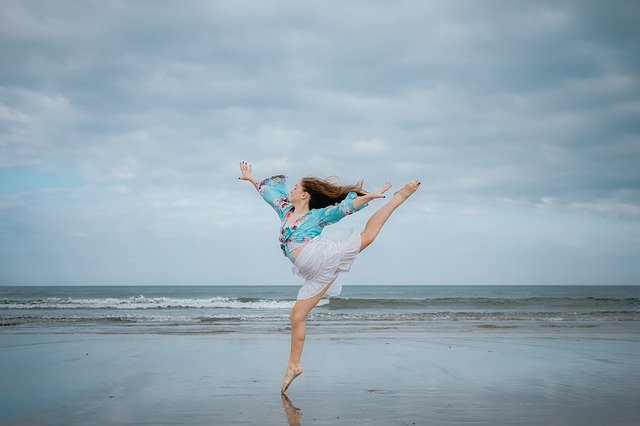
Dance/Movement Therapy
A relatively new alternative therapy, dance therapy was introduced to the public in 1942 by Marian Chace, an American dancer, and choreographer.
The American Dance Therapy Association defines dance/movement therapy as the “psychotherapeutic use of movement to promote emotional, social, cognitive and physical integration of the individual.”
This form of therapy is generally used to improve emotional and mental wellbeing; however, it does have its place for improving the function of the body.
In a 2019 issue of the Frontiers of Psychology, it was discussed that dance/movement therapy was effective in the treatment of depression in adults.
While dance/movement therapy is not intended to replace the intervention of a psychologist or psychiatrist, it does complement traditional therapy protocols.
This type of movement has also been found to improve the overall wellbeing by improving the flexibility and lubrication of the joints and muscles in the body.
It can also slow down the loss of muscle mass as we age.
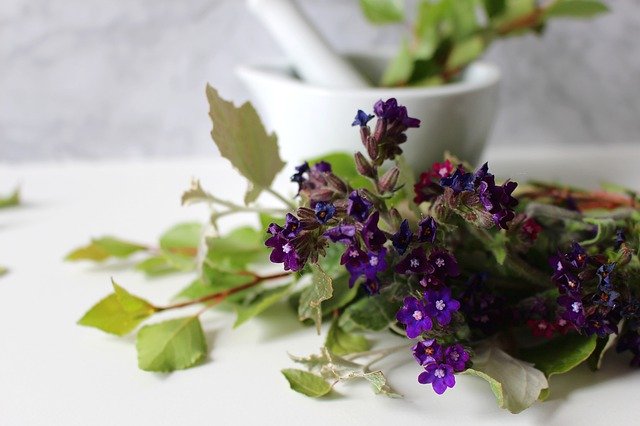
Herbal Medicine
Did you know that 75% of the world’s population still relies on traditional healing modalities, including herbal medicine?
According to the American Herbalist Guild, herbal medicine, “is the art and science of using herbs for promoting health and preventing and treating illness.”
There is documented evidence that the use of herbs to treat health conditions has existed for over 5,000 years.
A herbalist, someone who is trained in the use of herbs for medicinal purposes, focuses on the needs of the individual, regardless of their ailment.
That means they “prescribe” the necessary herbs to stimulate the natural healing power of the human body.
There are many ways of applying the use of herbal medicine. Western medicine, traditional Chinese, Ayurvedic, and other health modalities use herbs as a main source of relief.
They may be used in compresses, tinctures, tonics, or taken internally.
Herbs can be used to prevent and treat dis-ease, and maximize overall wellbeing, all within the framework of alternative therapies.
It is critical to use herbs only with the advice of a trained practitioner, as many herbs can be poisonous if used improperly.
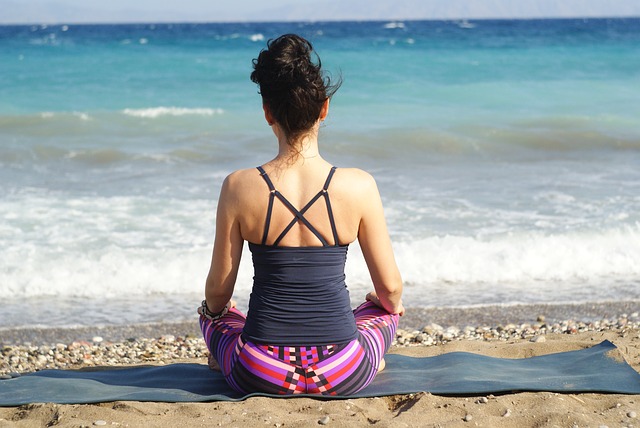
Meditation
The quickest and most effective way to get into a zen state of wellbeing is to meditate.
Meditation is “a precise technique for resting the mind and attaining a state of consciousness that is totally different from the normal waking state,” according to Yoga International.
While there is science behind the use of meditation as a healing modality, there is no evidence that it can cure dis-ease.
That said, it can reduce levels of stress that can negatively impact the wellbeing of an individual.
When you meditate, you go inward. You silent the mind and allow the natural state of your body to come forward.
You shut out the external world and focus within.
This focus can bring a sense of calm, reduce pain, improve headaches, and bring about an overall sense of wellbeing.
There is a variety of ways to meditate, such as breathing meditation, visualizations, guided meditations, and walking meditations.
The key is to allow your mind to let go; to be still. It is at this time that our body will reconnect to its natural healing ability.
There are many meditation techniques for stress relief.

Nutrition
You may have heard the saying, “Let food be they medicine.” It was made famous by Hippocrates, the father of medicine.
In his time, food was the cornerstone of health and wellbeing. What an individual ate was considered when diagnosing dis-ease.
Today, the notion of food being a healing therapy has fallen to the wayside.
Our food supply is now tainted with chemical-laden, over-processed substances that claim to be food and yet they don’t have the nutritional value that our bodies need.
For nutrition to be a healing therapy it must be whole and as unprocessed as possible. This will allow the healing components of the food to permeate the cells in the body.
Our body will not create an inflammatory response because it will recognize the whole food as a needed substance.
To optimize our health, we require a combination of carbohydrates, fiber, healthy fats, proteins, and water (macronutrients).
The percentage of each is dependent on the needs of the individual.
In addition to the macronutrients, our body also needs the micronutrients and antioxidants found in food.
These come in the form of vitamins and minerals. These help support proper organ function and protect our cells from deterioration.
It is quite simple to incorporate nutrition into your life as a healing therapy; however, you may want to meet with a nutritional therapist to ensure that your food choices are providing the most benefit for your individual body type.
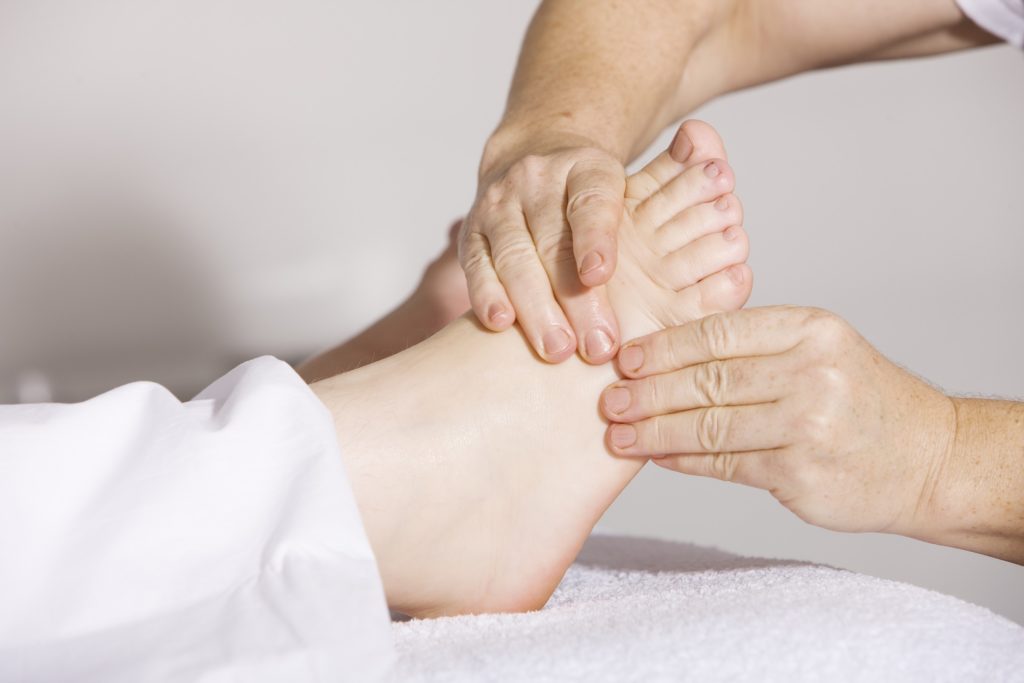
Reflexology
Often times, reflexology is clustered with massage therapy, and yet they are not one and the same.
Massage is focused on the manipulation of soft muscle tissue and reflexology is focused on the reflex points or zones in the body.
In reflexology, the foot (and hand and ears) contain reflex points that are connected to different organs and areas of the body.
When pressure is applied to a reflex point it stimulates that particular area of the body promoting healing and flow of blood.
It wasn’t until 1913 that an early form of modern reflexology was introduced in the United States.
In the 1930s and 1940s, Eunice D. Ingham, a nurse, and physiotherapist mapped out the reflex points and formally identified the areas of the body they corresponded to.
This type of alternative therapy should be done by a trained reflexologist and not a massage therapist (unless they have been trained in reflexology).
A session may be 30-60 minutes and during this time the reflexologist will ask you questions about your wellbeing and then focus their treatment on those areas mapped on your feet, hands or ears.
The manipulation of the reflex points stimulates the nervous system.
This manipulation will help the body come into balance and help reduce pain, release congestion and tightness, and bring an overall sense of wellbeing.
Keep in mind that a reflexologist cannot and will not make a diagnosis.
The premise behind this modality is that the treatment will release stress in the body and this is what leads to better health.
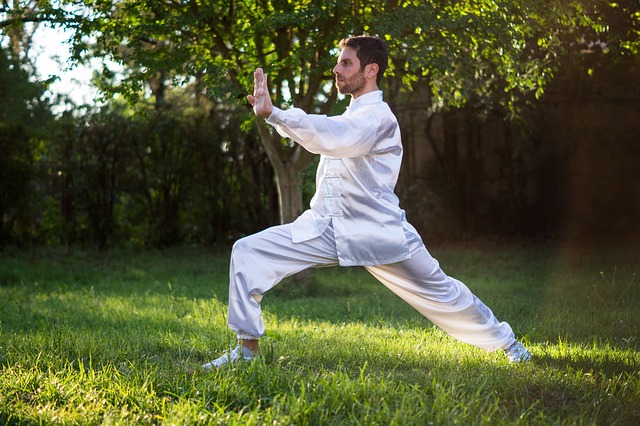
Tai Chi
Tai chi is a mind-body practice that is becoming more and more popular as the evidence for improved health is increasing.
Often referred to as “meditation in motion,” Tai chi is a great alternative therapy for those who want a low-impact way to wellness.
This alternative therapy has been around for at least 600 years (some say 1500 years) and is practiced by millions of people worldwide.
Originally a martial arts, today Tai Chi uses relaxation and breathing techniques to bring about good health, longevity, and internal strength.
The practice is a sequence of low-impact, slow-motion movements that focus on breathing and balance.
This form of therapy is ideal since it can be adapted for anyone including those with limited mobility or are confined to a wheelchair.
There is a growing body of evidence that supports the use of Tai Chi in conjunction with Western medicine to prevent and alleviate medical conditions related to aging.
During one session you can gain benefits in the areas of flexibility, muscle strength, balance, and aerobic exercise.
Things we all need as we grow older. The flow of Tai Chi can keep you in the flow of life.
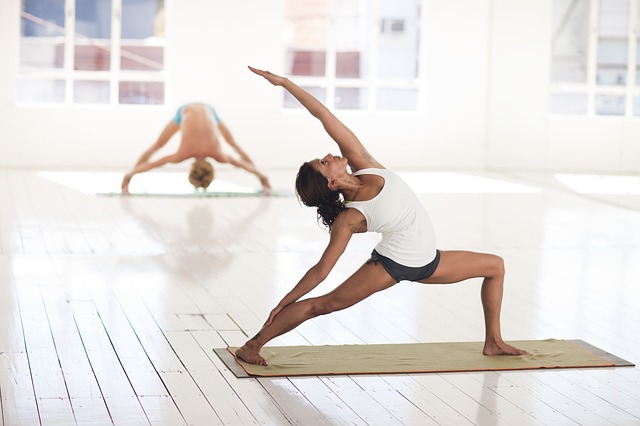
Yoga
You have probably heard of yoga, and while it is the last on this list, it is one of the most popular alternative therapies for natural health.
While there are debates about the origin of yoga, it is said to have started between 5,000 to 10,000 years ago in India. Today, it is practiced all over the world.
Yoga is a mind and body practice that uses meditation, breathing exercises and various poses to bring balance to the body.
It focuses on pranayamas (controlled breathing exercises), and then moves to a series of asanas (yoga poses) and ends with savasana (a resting period).
There are numerous ways that yoga can be a beneficial addition to your healthy lifestyle, including increasing aerobic heart rate, lowering blood pressure, improving flexibility, reducing stress, lowering blood pressure, improving sleep, preventing digestive problems, and easing pain.
There are many types of yoga. Hatha yoga is the most common yoga taught in the United States and it teaches physical postures.
Six other major types of yoga include: Anusara, Ashtanga, Bikram, Iyengar, Restorative, and Vinyasa
When starting a yoga practice be sure to find a skilled teacher who can teach you proper breathing and poses.
As you can see, there are many ways for you to improve your overall wellbeing through nature and alternative therapies.
Like any healthy lifestyle modification, always check in with a medical professional before starting any of these modalities to ensure there are no contraindications.
By: Corrie Ann Gray, CHHC, AADP
